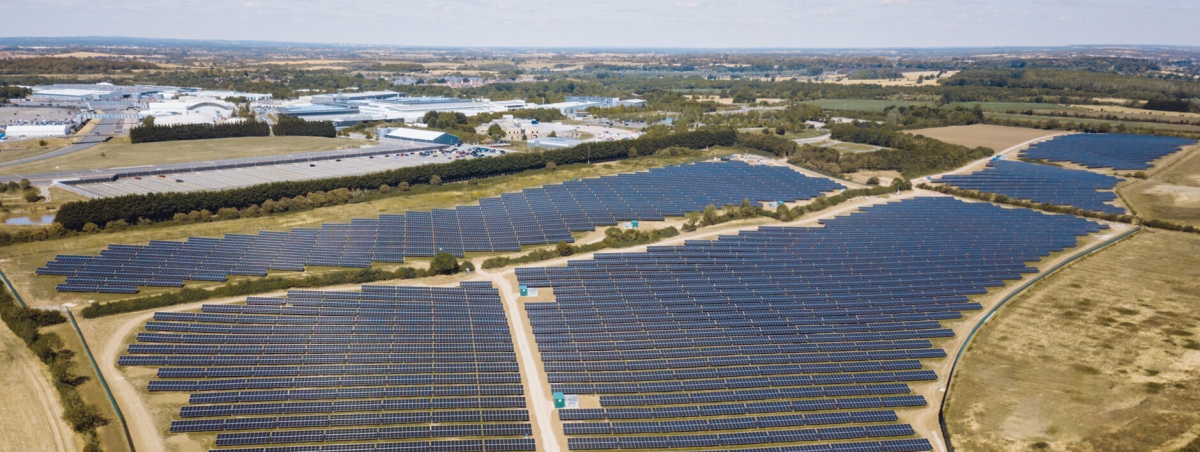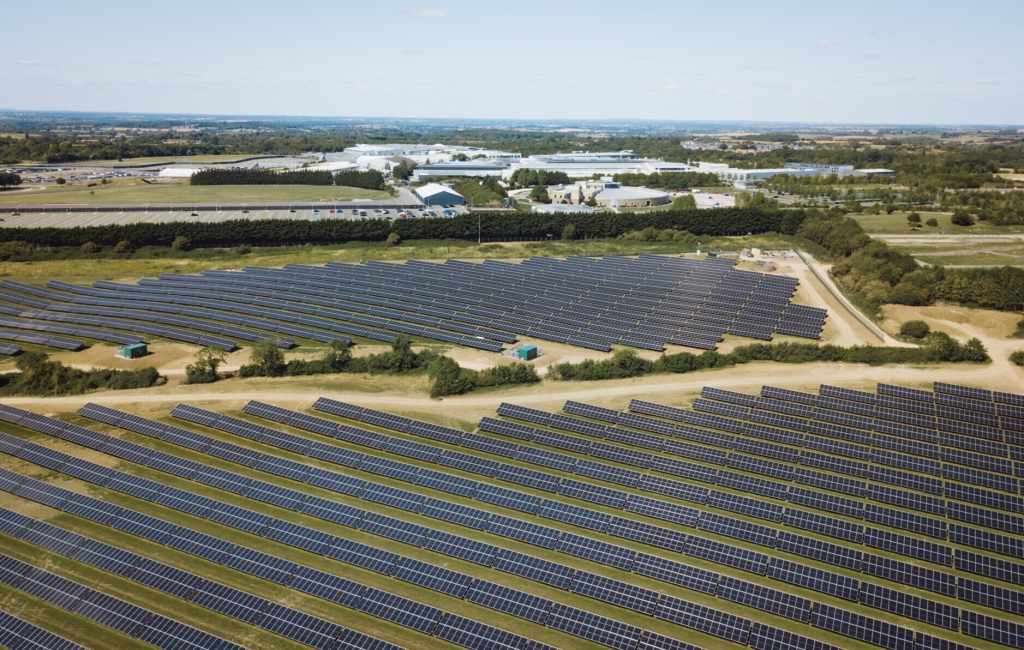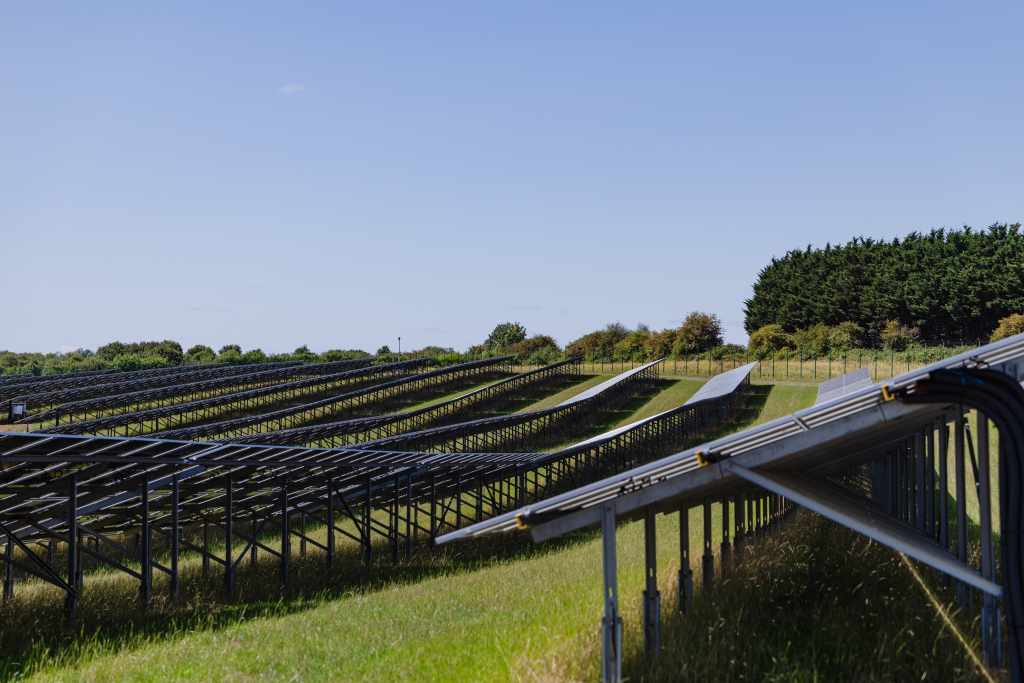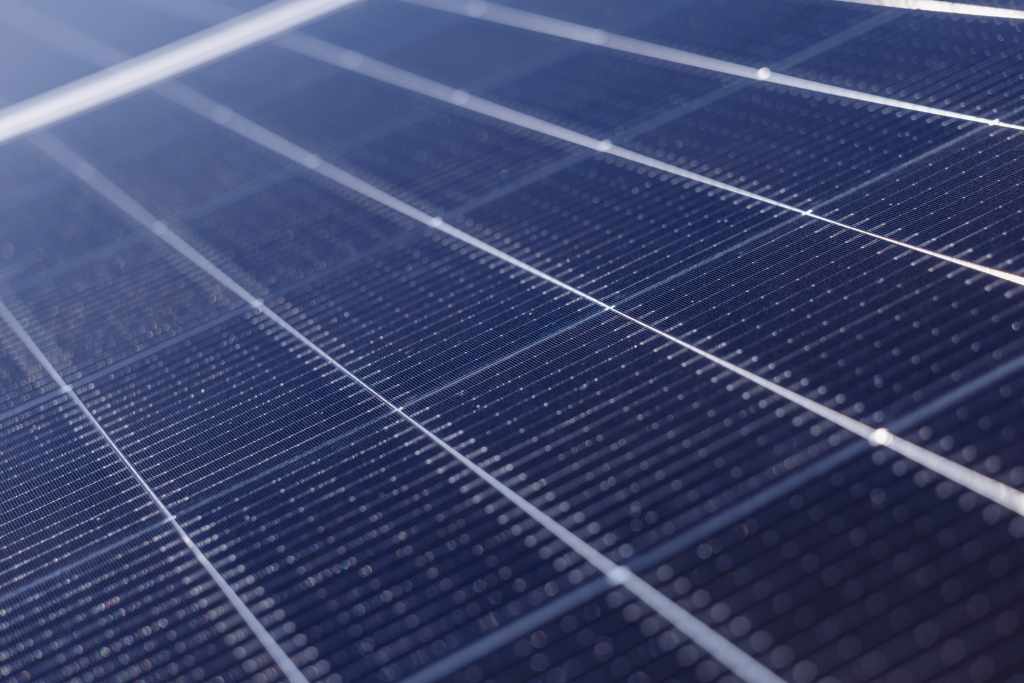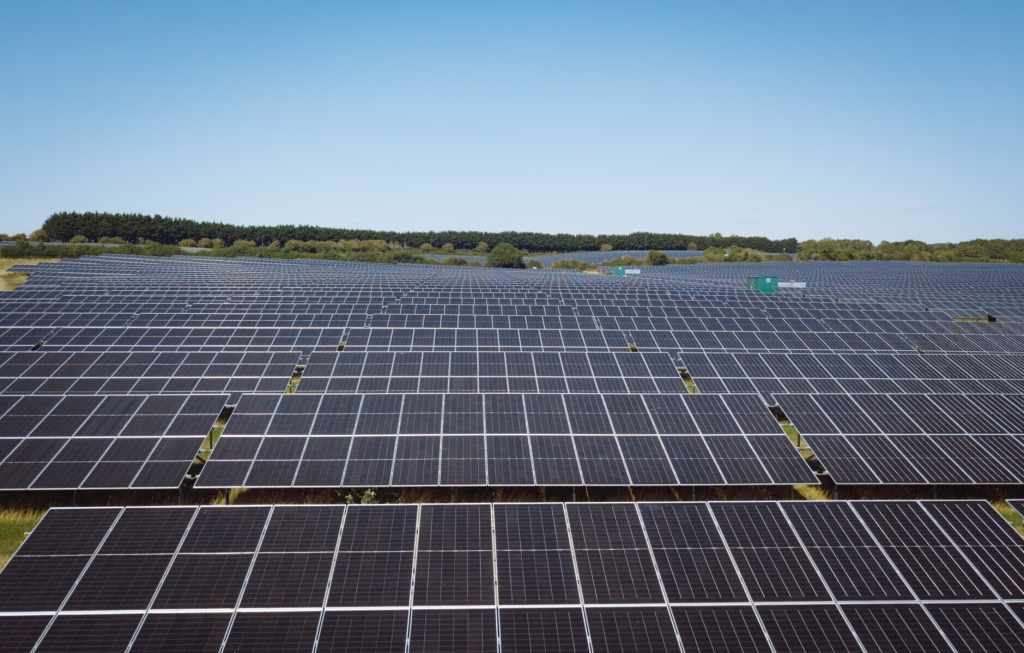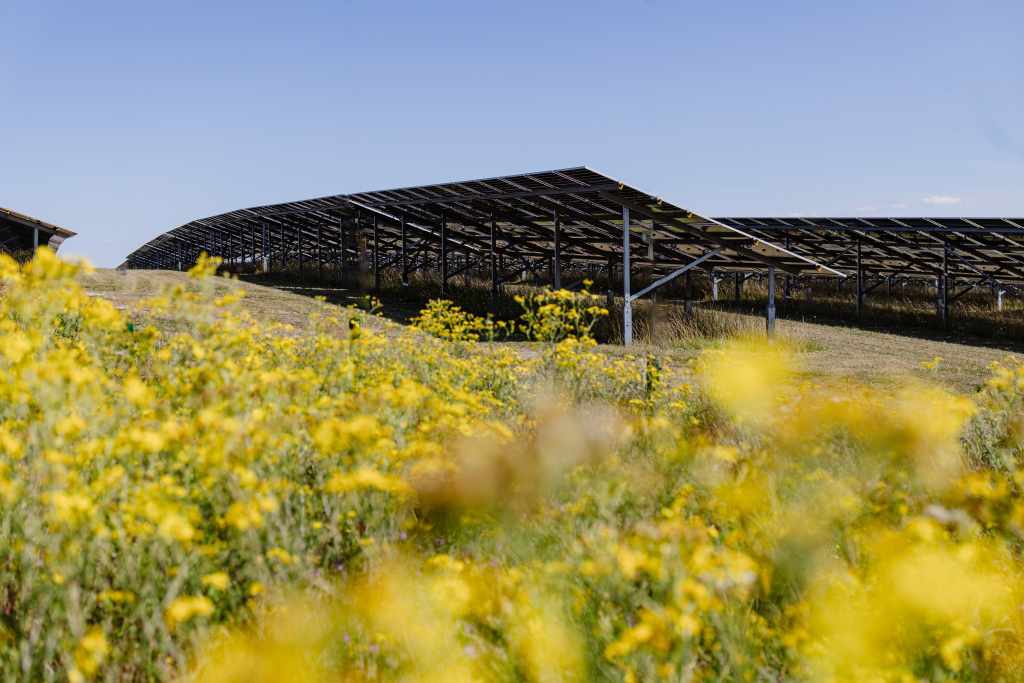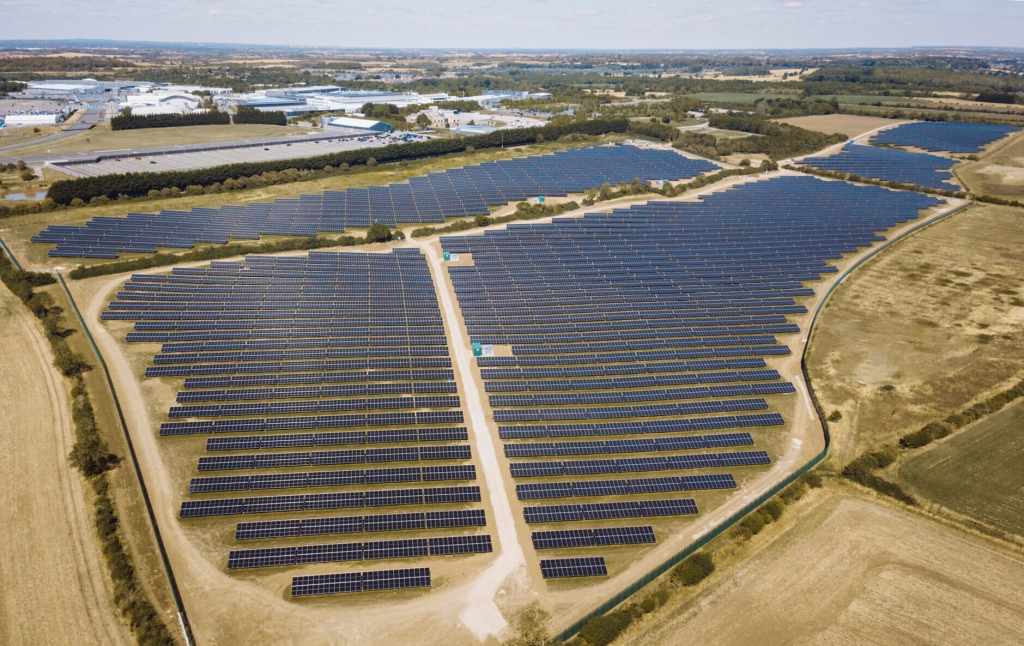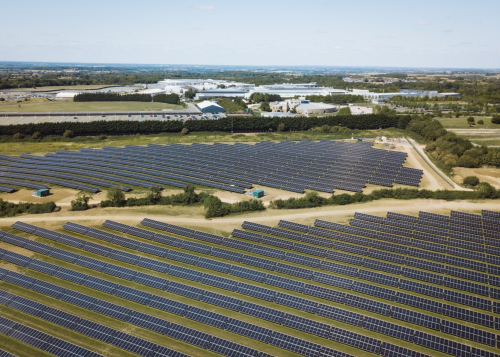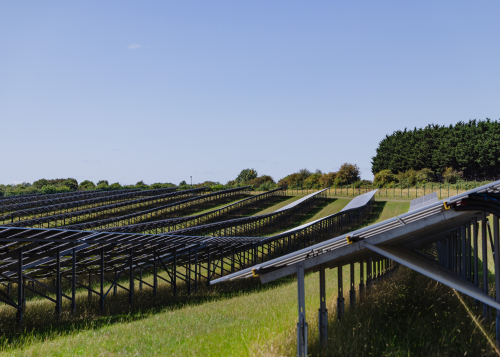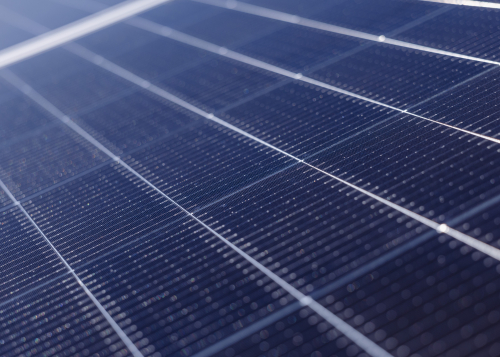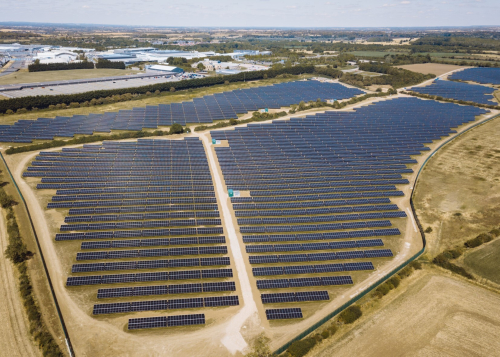- Luxury automotive manufacturer has rolled out large‑scale solar installations to help power its global operations.
- Includes a 26‑hectare solar farm at its Gaydon headquarters and the UK’s largest automotive rooftop solar array in Wolverhampton, UK.
- Rooftop solar at JLR’s joint venture production facility in China is now generating over 50% of the site’s energy needs following a new 20‑megawatt (MW) solar expansion completed in May.
- JLR’s renewable energy strategy aims to help reduce its emissions and reliance on grid energy, improving resilience to cost fluctuations, grid instability, and disruptions.
Gaydon, UK – 20 August 2025: JLR has reached a significant milestone in the roll‑out of its global renewable energy strategy with the opening of a new solar farm the size of up to 36 football pitches at its Gaydon headquarters this summer.
The 26‑hectare, 18MW facility will supply up to 31% of the site’s energy requirements, marking the completion of the first of three of its UK solar energy projects. Alongside the development, JLR has advanced its biodiversity efforts by planting native wildflowers beneath and between the ground‑mounted panels and restoring hedgerows with bird and pollinator‑friendly species, targeting a biodiversity uplift well above mandated levels.
Meanwhile, a newly expanded rooftop installation at the company’s Electric Propulsion Manufacturing Centre (EPMC) in Wolverhampton, UK, is due to complete this autumn. It will feature over 18,000 solar panels, making it the largest automotive manufacturing rooftop solar array in the UK.
Building on an existing rooftop array, the new 10.7MW system will generate approximately 9,512 MWh of electricity annually ‑ enough to power over 3,500* homes for a year. The combined solar capacity will meet nearly 40% of the site’s energy needs, supporting the production of electric drive units and batteries for its next generation vehicles.
JLR’s joint venture in China, CJLR, has also made considerable progress in its energy self‑sufficiency with a 20MW expansion to its rooftop solar installation. Since becoming operational in May 2025, the manufacturing facility has generated over 50% of its monthly energy consumption, supporting energy saving, cost reductions and temperature regulation in the workshop thanks to additional shading.
In 2026, JLR will begin installing over 10MW of solar car ports at its Merseyside site, becoming the largest solar car port in the UK. Current plans include canopy structures across Halewood, with solar walkways from the main carparks to the site entrances, providing both employees’ and visitors’ electric vehicles charging while on the premises, as well as sheltered parking and protection against weather conditions.
The luxury car manufacturer is committed to sourcing at least one‑third of its global energy needs from onsite and near‑site renewables as alternatives to natural gas by 2030 ‑ cutting emissions, enhancing energy resilience, and mitigating exposure to market volatility through self‑reliance. To date, JLR has already achieved a 23.4% reduction in operational emissions compared to its FY19/20 location‑based baseline through energy switching and efficiency measures.
JLR is proud to have delivered these renewable energy milestones. They are important because they directly reduce our global operational emissions and help move us closer to our net zero goal, whilst delivering tangible value today and for the long‑term.
The delivery of our self‑generated renewable energy projects across the UK and China is part of our strategic shift to gain greater control over our energy mix against a backdrop of uncertainty – reducing our reliance on volatile markets and global grid infrastructure.
Andrea Debbane
Chief Sustainability Officer
JLR continues to explore and implement tailored renewable and low carbon energy solutions for each of its sites, including solar, wind and hydrogen.
The UK is a world leader in renewables, so I'm delighted to see JLR is leading the way and helping the UK become a clean energy superpower.
We’re serious about the benefits of net zero, which is why our modern Industrial Strategy is driving growth into our clean energy sector to attract even more investment and create jobs, backing the Plan for Change.
Sarah Jones
UK Industry Minister
*Based on a "typical household" 2‑3 people in a 2‑3 bed house using 2.7 MWh of electricity a year as calculated by Ofgem.
New developments in England are required to deliver a measurable increase in biodiversity ‑ Biodiversity net gain (BNG) uplift. This uplift is typically set at 10%, meaning the development should result in 10% better‑quality natural habitat than was present before. JLR expect to achieve a 52% biodiversity net gain uplift at the Gaydon solar farm.
